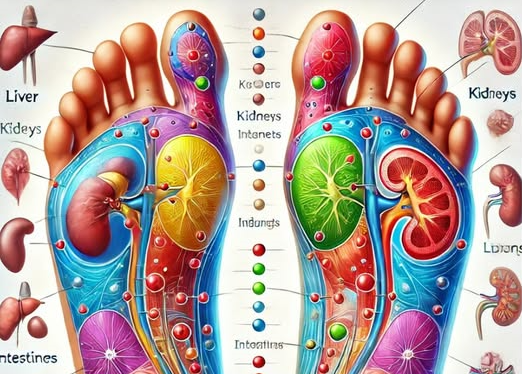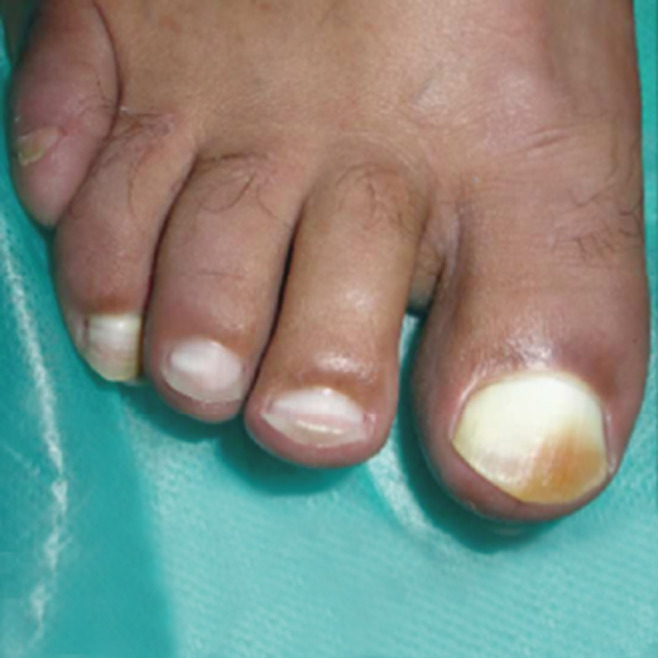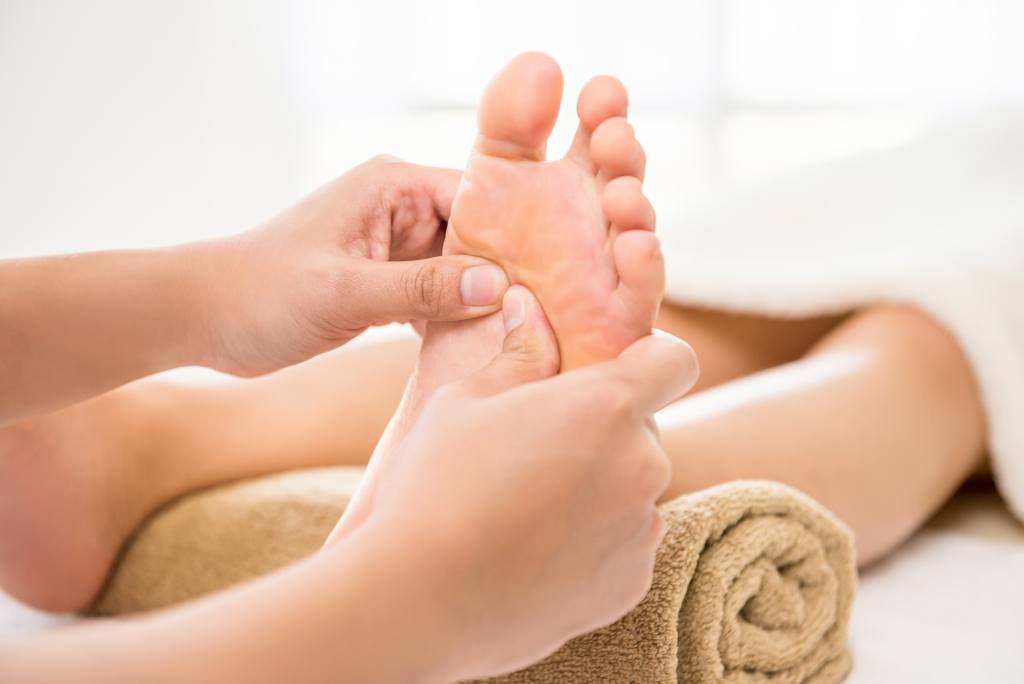Your feet do more than just support your body—they can reveal critical health warnings about your internal organs. According to traditional Chinese medicine, the feet act as the second brain, with numerous acupuncture points connecting directly to vital organs. When your body is in distress, your feet often show visible signs of internal damage.
Many people overlook their feet compared to their hair, skin, or teeth, but they can serve as early warning signals for serious diseases. If you notice these three alarming signs, it’s time to take action and visit a doctor immediately.

1. Swollen Feet: A Sign of Heart, Kidney, or Liver Failure
Do your feet feel puffy or swollen without an obvious cause? While many people assume foot swelling is due to standing too long or minor injuries, it can be a red flag for serious internal organ damage.
Heart Failure and Swollen Feet
If your heart is struggling to pump blood properly, it can cause fluid buildup in the lower extremities, leading to edema. When the heart weakens, blood circulation slows down, causing fluid to pool in the veins of the legs, feet, and ankles.
Warning signs include:
- Persistent swelling in the feet and ankles
- Shortness of breath
- Extreme fatigue
- Rapid or irregular heartbeat
Kidney Failure and Fluid Retention
The kidneys filter waste and excess fluids, but when they become damaged, fluid accumulates in the body, especially in the lower limbs. If your feet swell frequently without a clear reason, your kidneys could be losing their ability to remove toxins.
Other kidney failure symptoms include:
- Pale or dry skin
- Frequent urination at night
- Persistent back pain
Liver Disease and Foot Swelling
Liver conditions like cirrhosis affect hormone regulation, leading to poor blood circulation and swelling. In the late stages of liver failure, excess fluid accumulates in the abdomen and lower extremities.
If your swollen feet are accompanied by yellowish skin, loss of appetite, or nausea, it’s crucial to seek medical attention.
2. Yellow Feet: A Warning of Liver, Gallbladder, or Pancreatic Disease
A yellow tint on your feet is not normal—it may indicate a serious liver or gallbladder problem.
Liver and Gallbladder Dysfunction
Jaundice, or yellowing of the skin, occurs when the body fails to break down bilirubin, a yellow pigment found in red blood cells. When the liver and gallbladder aren’t functioning properly, bilirubin builds up in the blood, causing yellowish skin—especially on the feet, hands, and eyes.
Conditions that can cause jaundice include:
- Liver cirrhosis (often due to alcohol consumption or hepatitis)
- Gallstones (which block bile ducts)
- Hepatitis B or C
- Pancreatic cancer
If you notice yellowing of the skin, consult a doctor immediately and request liver enzyme and bile duct function tests.
3. Pale White Toenails: A Sign of Kidney Damage and Anemia

Healthy toenails should be pinkish and firm. If your toenails turn pale white, this could indicate poor blood circulation and kidney dysfunction.
Kidney Disease and Blood Circulation
When kidneys start failing, the body prioritizes sending oxygen-rich blood to vital organs, like the heart and brain. As a result, the feet and toes receive less oxygen, leading to pale skin and brittle nails.
Other symptoms include:
- Weak, ridged, or slow-growing nails
- Numbness or tingling in the feet
- Severe leg cramps at night
If your nails thin out or curve abnormally, consult a kidney specialist immediately.
What Do Healthy Feet Look Like?
Your feet should reflect overall good health. Here’s what healthy feet indicate about your internal organs:
Rosy, Shiny Skin and Nails
A pinkish, vibrant tone means good blood circulation and a strong immune system. Traditional Chinese medicine classifies foot colors into five categories:
- Blue – Poor circulation, cold feet
- Red – Inflammation or high blood pressure
- Yellow – Liver or gallbladder dysfunction
- White – Anemia or poor blood flow
- Black – Blood clotting issues
Feet That Stay Warm
Cold feet? It may indicate poor resistance to infections, low blood pressure, or poor circulation. Feet that feel too hot could signal internal inflammation or excess body heat. Ideally, feet should feel warm but not overheated.
How to Improve Your Foot and Organ Health

Your feet are a mirror of your internal health, so taking care of them means caring for your entire body. Here’s what you can do:
1. Soak Your Feet in Warm Water Daily
In Chinese medicine, warm foot baths are known to improve circulation and detoxify organs. Soak your feet in 40°C (104°F) water for 15 minutes every evening to enhance blood flow and relax the body.
2. Massage Key Acupressure Points
Gently massaging certain pressure points on the feet can stimulate organ function and improve overall health. Reflexology focuses on massaging the feet to promote healing in organs like the liver, kidneys, and heart.
3. Stay Hydrated
Drinking plenty of water helps flush toxins from the kidneys and liver, reducing swelling and improving skin tone.
4. Eat a Balanced Diet
For optimal organ function, consume:
- Leafy greens – Support kidney and liver function
- Berries – High in antioxidants, which improve circulation
- Omega-3 fatty acids – Found in fish, they reduce inflammation
Conclusion
Your feet are a powerful health indicator—they reveal hidden issues in your heart, liver, and kidneys long before other symptoms appear. If you experience swelling, yellow skin, or pale nails, don’t ignore these signs. Visit a doctor immediately for a thorough health check.
Taking proactive steps to care for your feet can prevent serious health conditions and ensure your internal organs function properly. Listen to what your feet are telling you—they might just save your life.


